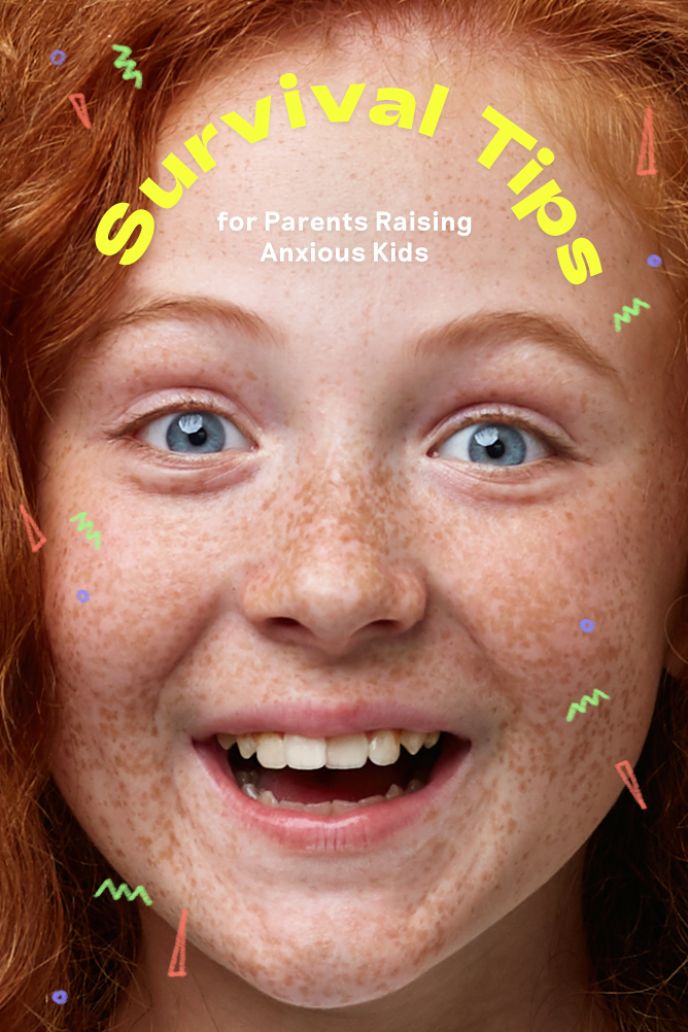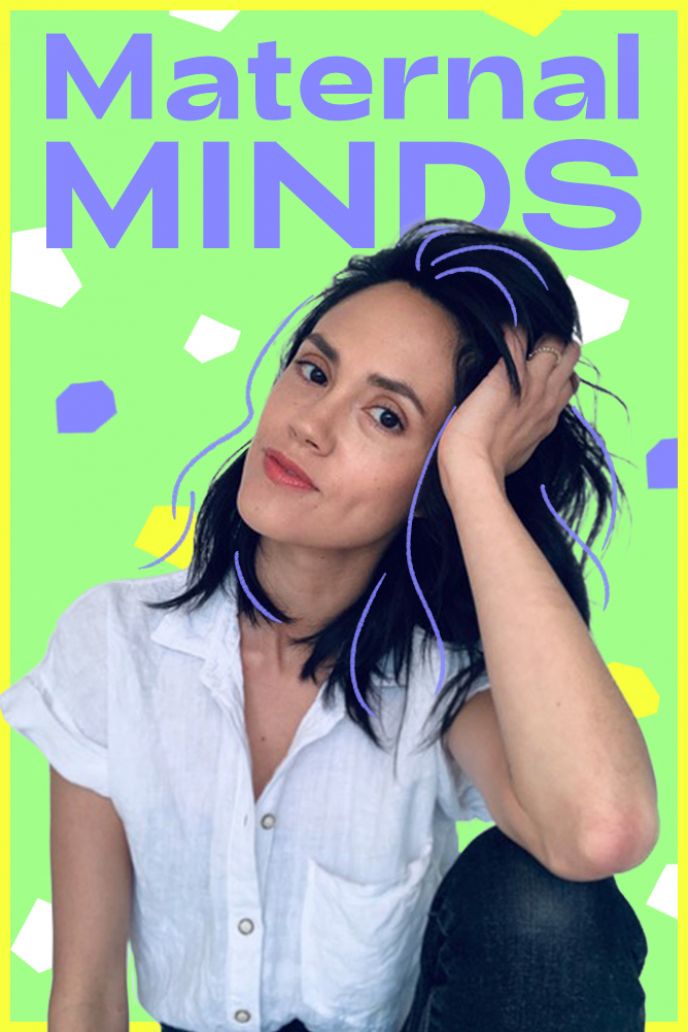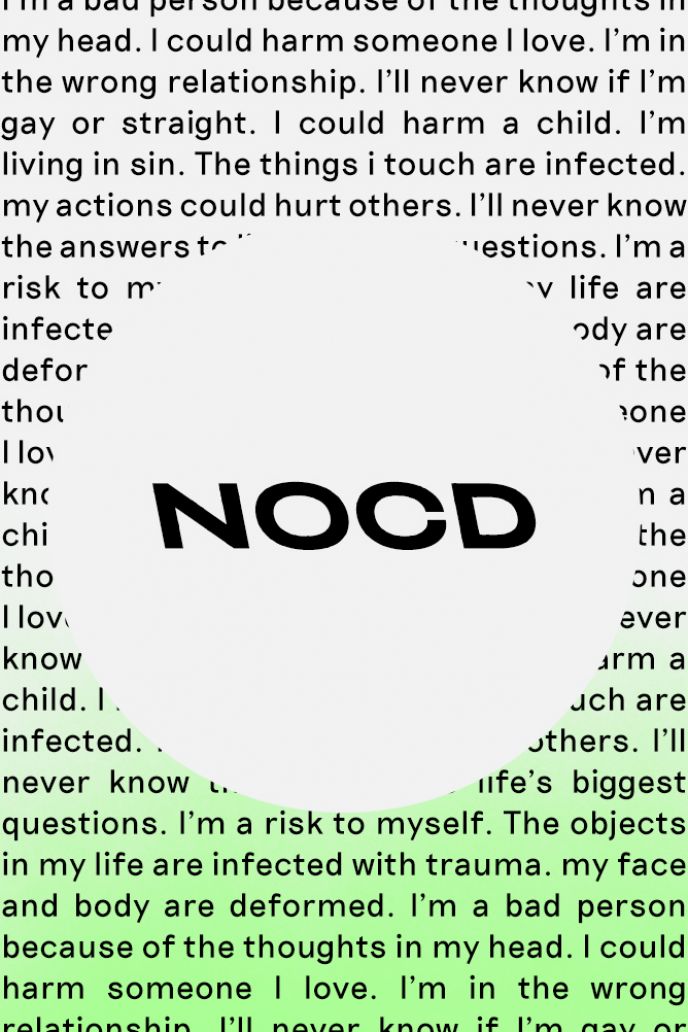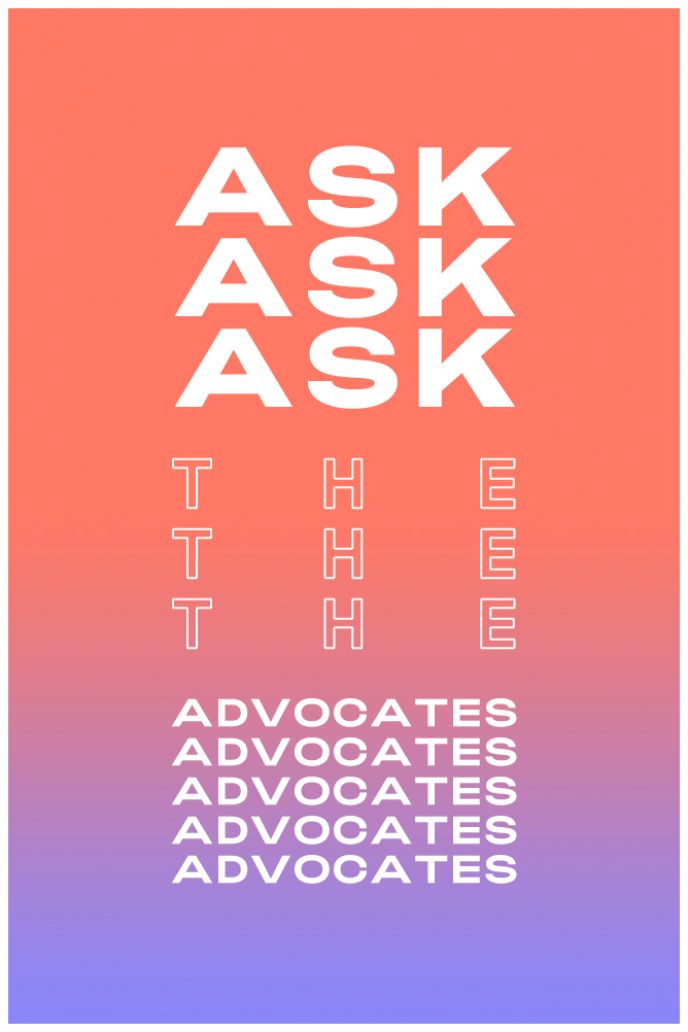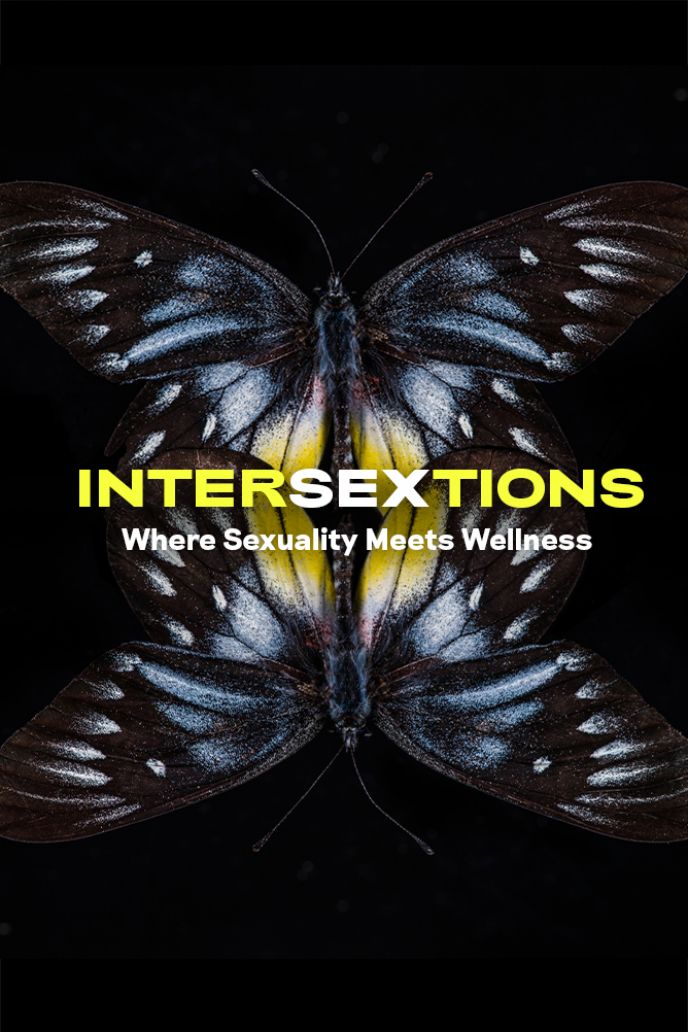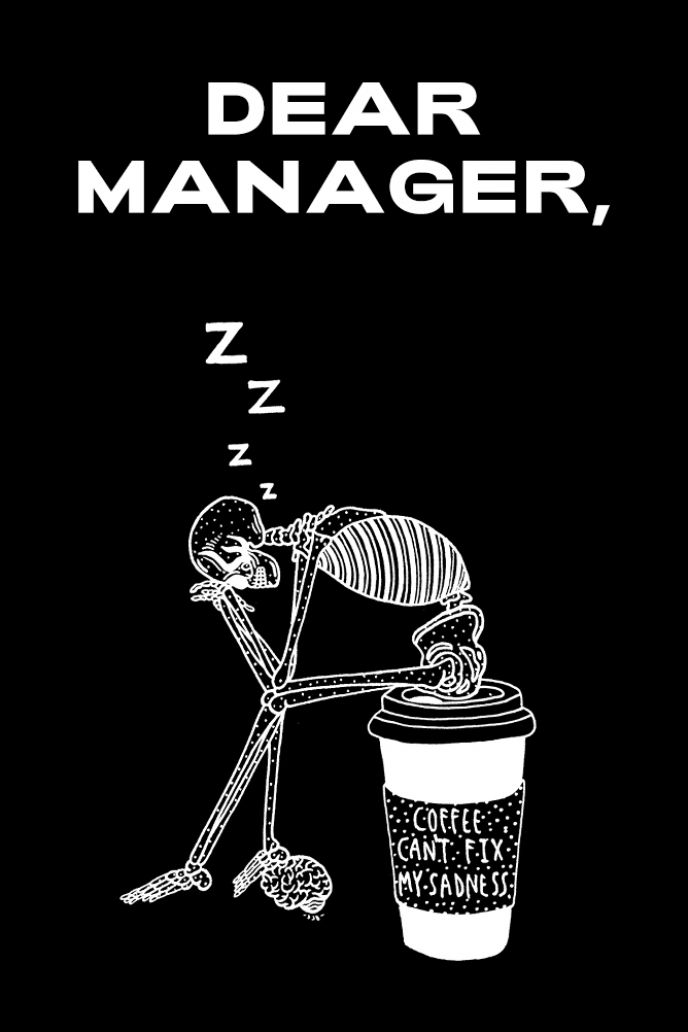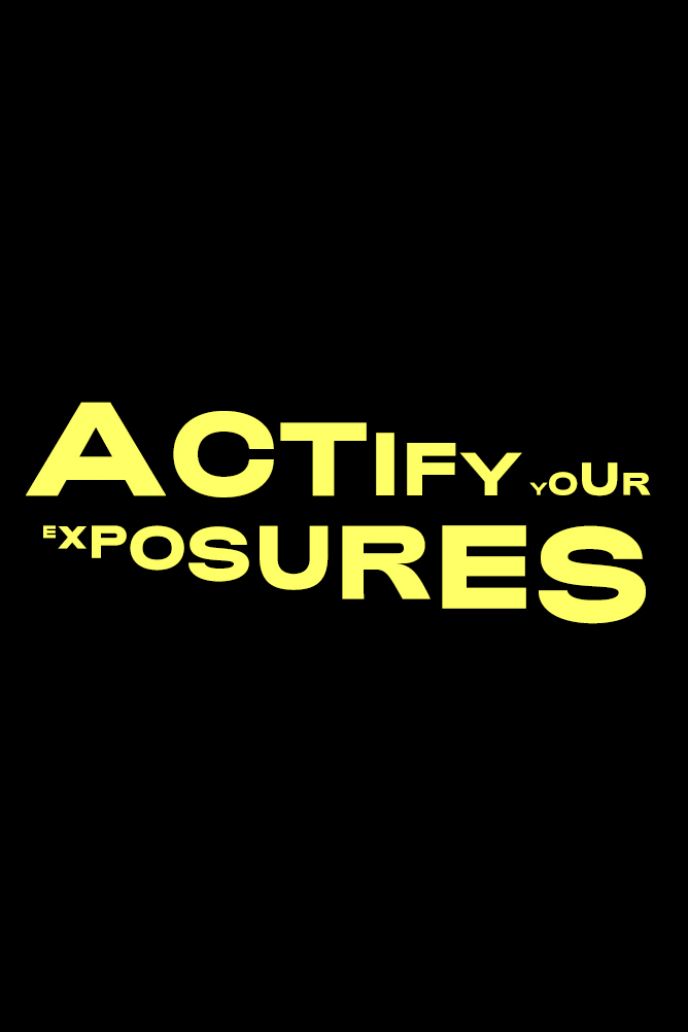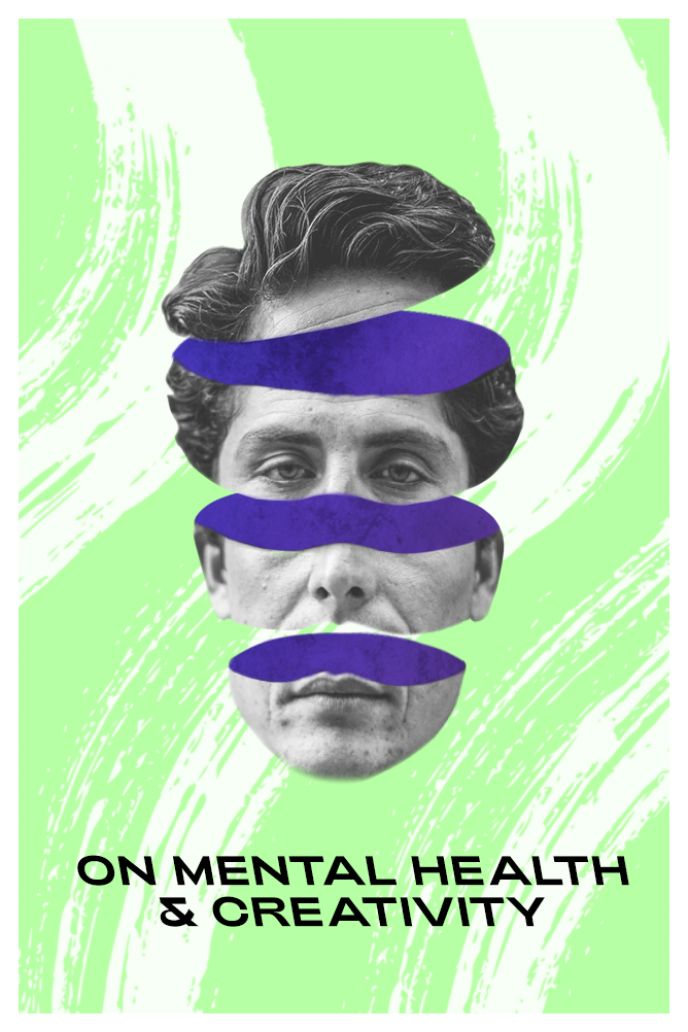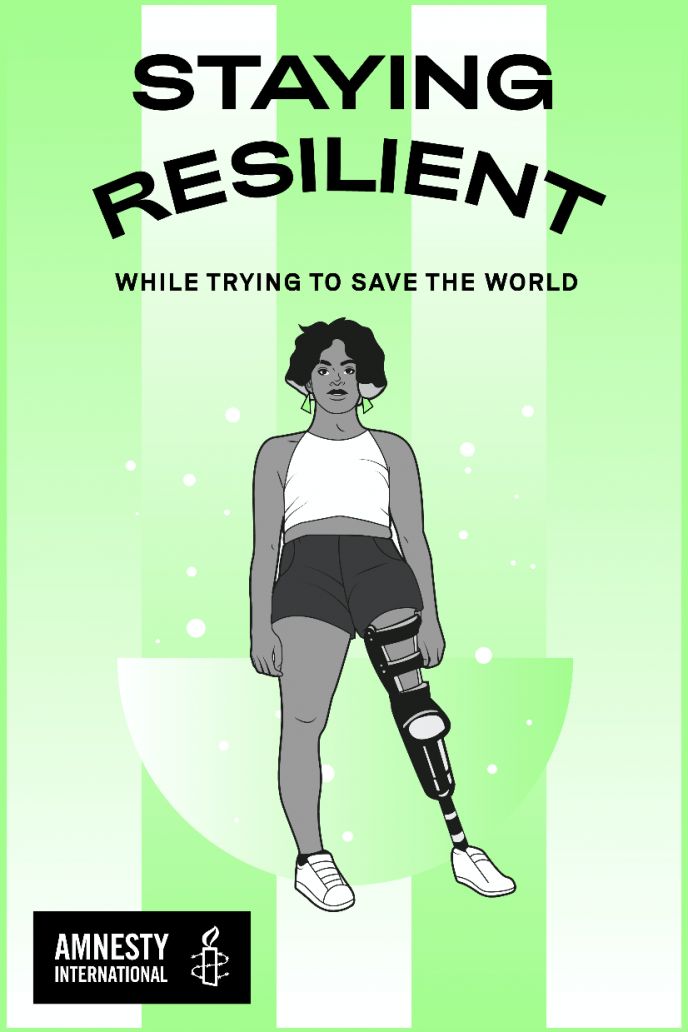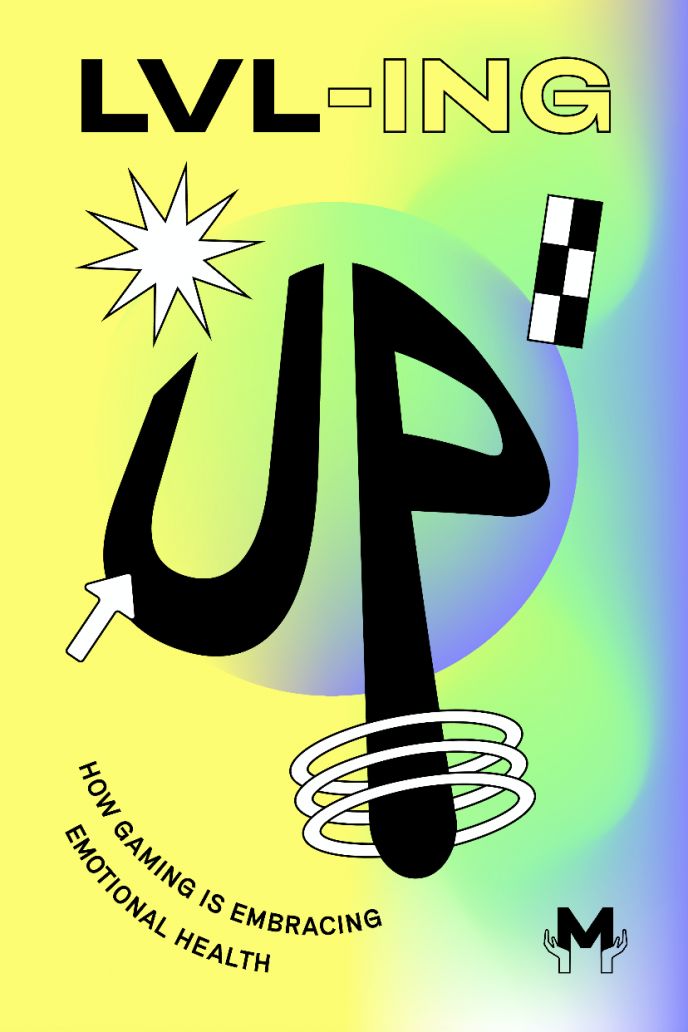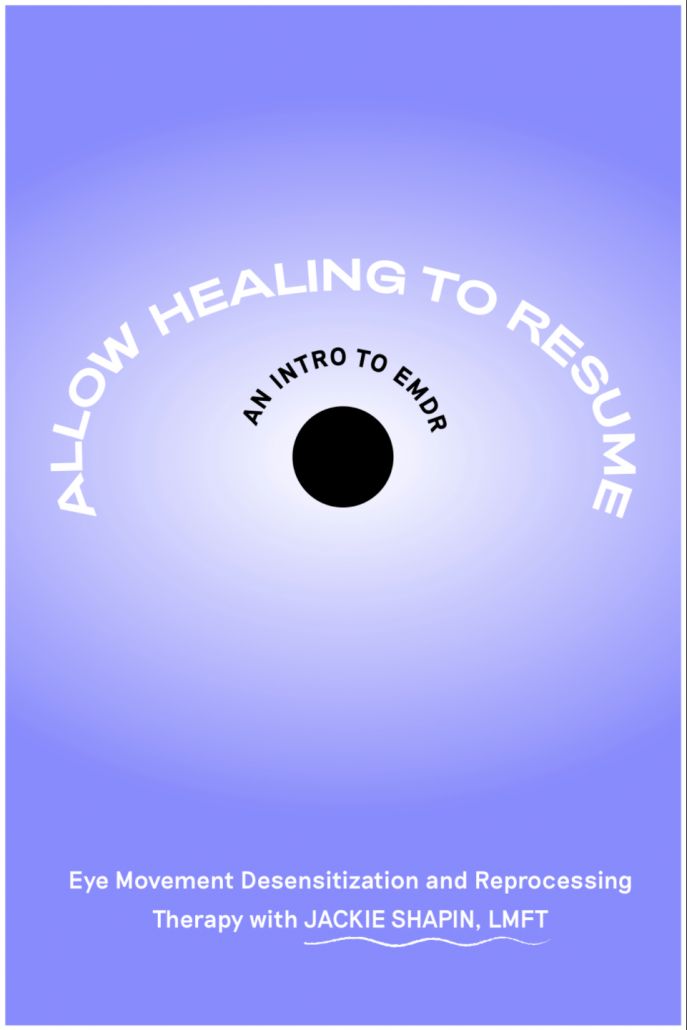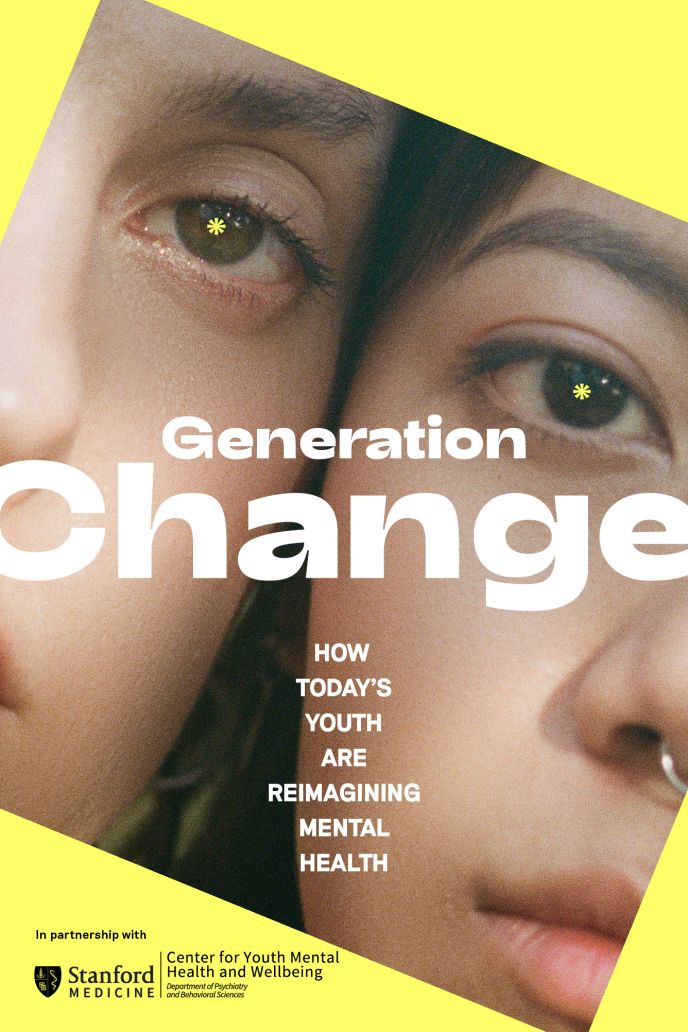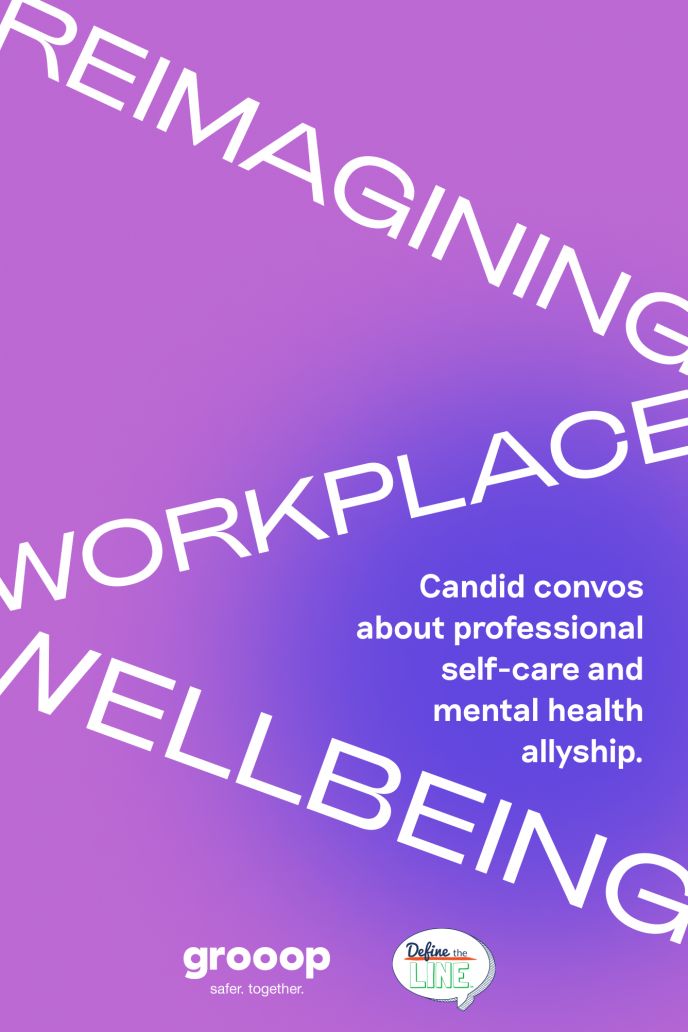From Anxious Spirals to Advocacy
While OCD was the worst thing to happen to me, I will be the worst thing to happen to OCD.
Escrito por Shaun Flores
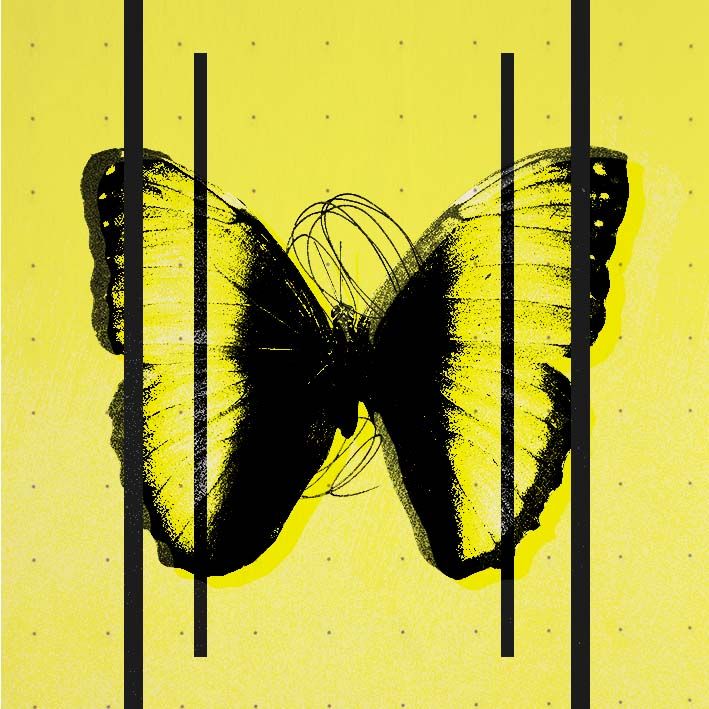
01 Shaun has dealt with intrusive thoughts about contamination, assault, sexual orientation, and suicide.
02 When he was looking for help online, he found his current therapist, who diagnosed him with OCD and saved his life.
03 Although having OCD has been difficult, Shaun has found a renewed sense of purpose by advocating and sharing his story.
TW: Mentions of suicidality
One of my first struggles with OCD started when I was scared of getting an STD every time I used the toilet. As a result, I visited the sexual health clinic so regularly that they became confused as to why I kept coming back. At the worst of my obsessive thoughts, I paid £300 for a same-day test.
My next theme was about my sexual orientation. I had a dream that I was gay, and woke up feeling so anxious about my sexuality that I ended up vomiting. The theme after that was about harm. I was hanging out with my female friend one day when I had an intrusive thought about sexual assault. I had yet another panic attack, and begged her to leave in fear that I would do something. It was one of the worst moments of my life, as the anxiety that gripped me was all-encompassing.
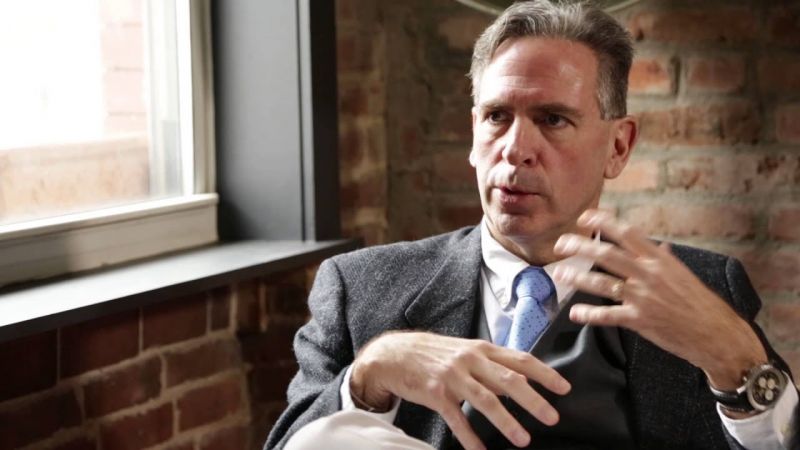
Dr. Phillipson Talks Science, Symptoms & Treatment of OCD
My breaking point was when I had a suicidal intrusive thought. I saw an image of myself jumping off a bridge, so I panicked and ordered an Uber. When I got home, I called my friends crying and told them I wanted to die. Then, I called all the people I knew to quell any issues, because I was ridden with toxic guilt and thought I was being punished. I truly believed my life was over.
Overnight, I became severely depressed. There were days when I would wake up and immediately tell myself, “I am still alive, but I don't want this.” I couldn’t eat, shower or go outside. Instead, I waited for time to swallow me up.
A few days later, it became too much, and I went on Instagram. Thanks to the algorithm, I found my current therapist Emma Garrick. I pleaded with her via direct messages to answer my calls. As soon as she picked up, rivers of tears came out and I asked, “Why am I having thoughts about suicide, sexuality, and sexual assault? I don't want to do it. I don't want to hurt people.”
Emma made me aware that I had “Pure O” OCD, and that my themes mainly relate to Harm OCD, or thoughts surrounding acts of violence to others. I waited until Monday to have a session with Emma, and it felt like I could only live between therapy sessions. But as time went on, I regained the confidence to take my life back from OCD. I’m confident that Emma saved my life, and I can't thank her enough.

According to the university and college union, “OCD affects about 1-2% of the UK population and is characterised by intense anxiety and by negative, repetitive and intrusive thoughts (obsessions). In order to reduce anxiety, the affected person will often engage in repeated actions or behaviours (compulsions).”
It is often comorbid with other mental illnesses like depression, causing some OCD sufferers to be at a higher risk of suicide. Additionally, 5-25% of people with OCD have admitted to attempting suicide at some point in their lives. Now combine this with the fact that men are more likely to die by suicide — this is why it’s so important for black men like me to speak up about their mental health.
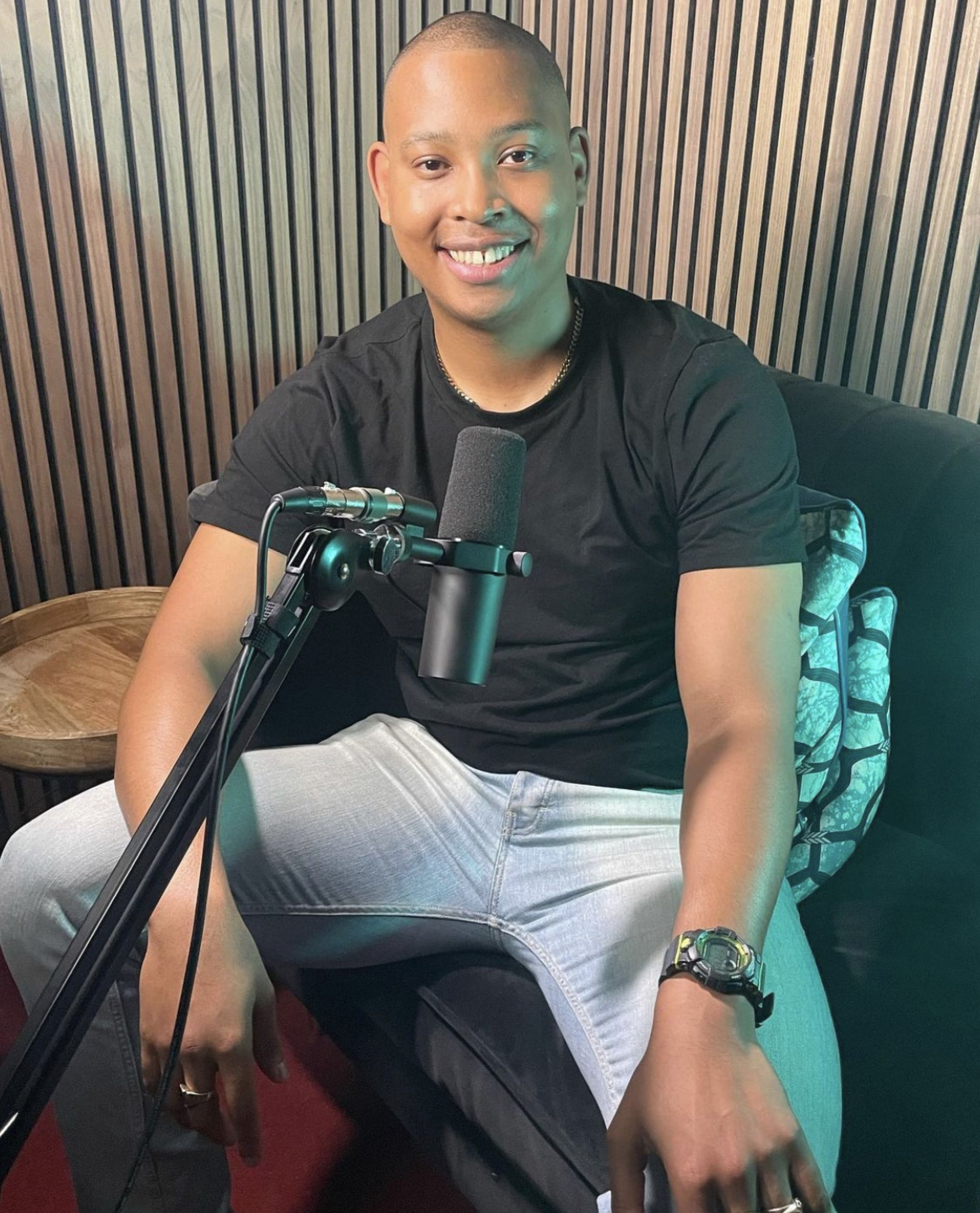
Since going through treatment, I now work with the charity Orchard OCD, aiming to fund research into new treatments for those with OCD. I have also written articles about my experience, and appeared on the ‘TheOCDStories’ podcast. I have given TEDx talks about toxic masculinity and multiculturalism, and aim to deliver a third talk to help raise awareness and increase research funds for OCD.
From my advocacy, I’ve realized the importance of giving people a safe space to talk openly about their intrusive thoughts. Often individuals with OCD feel a gripping sense of guilt, shame, and embarrassment, due to the taboo nature of some themes. But intrusive thoughts are ego-dystonic, meaning they are against your morals and values. In a sobering way, this has brought me a strange sense of calmness knowing my brain is trying to protect me. This is why self-compassion is key to recovery, which is 100% possible.
If you are reading this right now and struggling, or if you know someone struggling, show them this article. I cannot emphasise enough how awful I felt. I believed I was sick and crazy in the head. But if you seek out therapy and speak to people, you can and will recover from OCD.
In the present moment, I have a renewed sense of purpose, hope and a powerful trajectory. The key has been to turn my pain into something productive. In the words of Friedrich Nietzsche, “He who has a reason to live for, can bear almost any how.”
In many ways, whilst OCD was the worst thing to happen to me, I will be the worst thing to happen to OCD.
ABOUT THE AUTHOR
Shaun Flores is a 2x TEDx speaker and influencer aiming to have the right influence on the world. His creative journey was recently thrown into a curveball with his ‘Pure O’ OCD diagnosis at 27 years old. He works with OCD charities to raise awareness and shatter archaic myths about OCD which still saturate wider society. His diagnosis has encouraged him to widen the conversation about mental health, especially in the black community. A third TEDx Talk remains in his periphery to help raise awareness of OCD.
Email: [email protected]
Instagram: Shaun Flores
Portfolio: @theshaunflores
Apoya nuestro trabajo
Nuestra misión es cambiar la manera en que el mundo percibe la salud mental.


